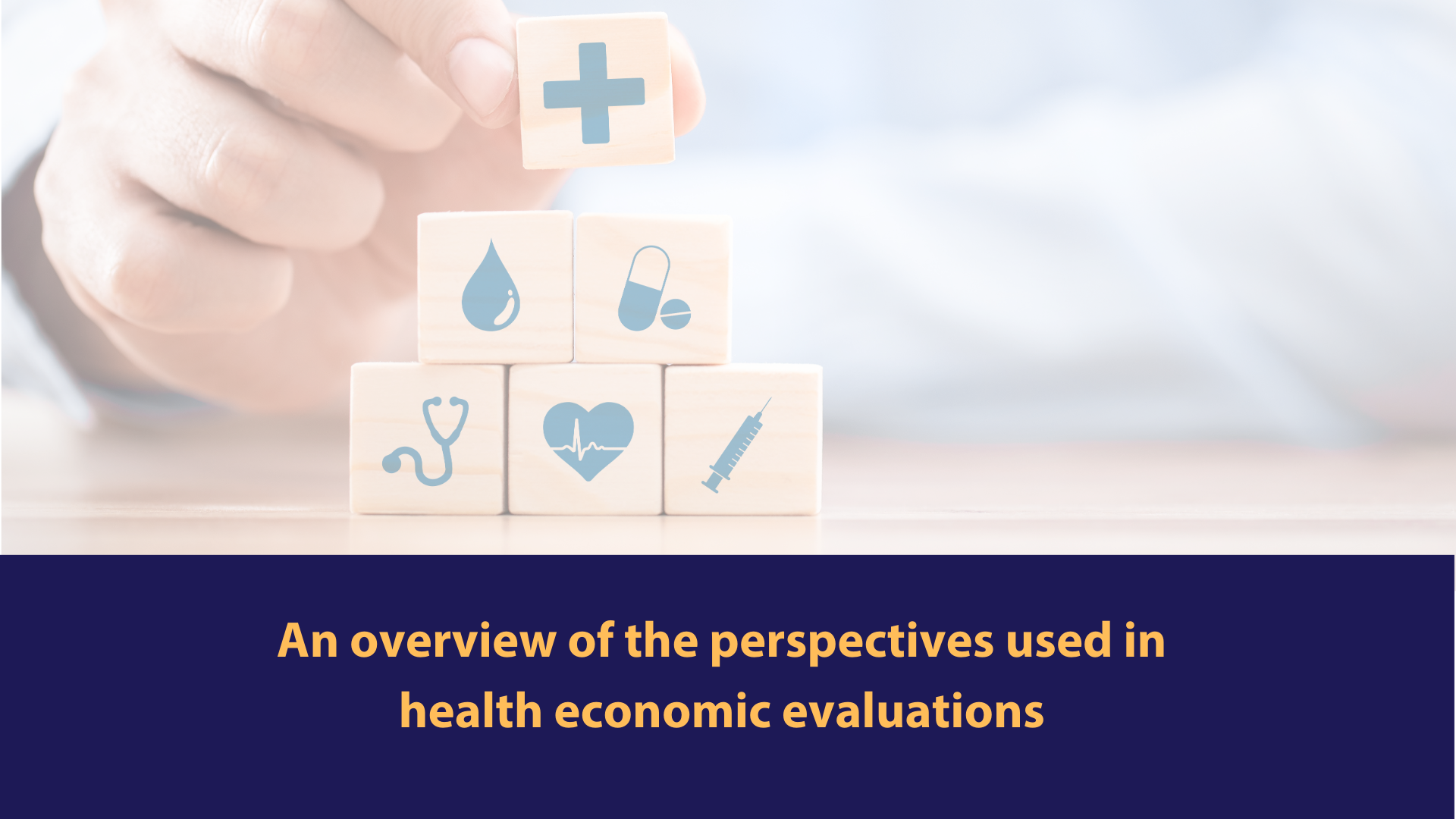National Health System Cost Database for India
Information on the unit costs of health
services is an essential element of a country’s health system. Acknowledging
its growing importance, India has recently launched National Health System
Cost Database for India as a one-stop shop for cost information. The
targeted users of this platform range from health economists, health care
program managers, policymakers, Ministry of Health officers, to health
financing experts, NGOs, donors, and academia. It is expected that the database
will support economic evaluation, price setting, resource requirements, resource
allocation decisions including budgeting, and many others as a useful, evidence-based
tool. The establishment of this database was a result of international
collaborative efforts with local context and data. Local leadership rooted in Department
of Community Medicine & School of Public Health, Post Graduate Institute of
Medical Education and Research (DCMSPH, PGIMER) Chandigarh spearheaded this
project with technical support from International Decision Support Initiative
(iDSI). Also importantly, it was inspired and developed based on the Thai costing
menu from Health Intervention and Technology Assessment Program (HITAP) in
Thailand. The data collection was also a collective effort of a consortium
which consists of several local organizations, namely – PGIMER, Public Health
Foundation of India (PHFI), Indian Institute of Technology (IIT) Madras, and
Tata Institute of Social Sciences (TISS).
Standardized Methodology
for Costing Health Services in India
The PGIMER team created a data collection
tool to assess the economic cost of health services delivered at different
levels of health facilities in India, using an economic costing methodology. More
specifically, the data collection was undertaken in 167 health facilities from
6 different states of Himachal Pradesh (34 facilities), Punjab (14), Haryana
(24), Odisha (35), Kerala (38), and Tamil Nadu (22). They also developed a
separate tool for each level of health facilities given that they vary in type
and quantity of service delivery and resources used. They applied the bottom up
costing method against a pool of 167 health facilities located in 6 different
Indian states for the data collection, covering a variety of information on
economic costs of outpatient visits, inpatient stays, salaries, capital
resources, drugs and consumables, water/electricity/sanitation, maintenance,
dietetics, laundry, and others. The data collection process started with
identifying cost centers and classifying them between primary/patient care
centers and secondary/supportive cost centers. The former includes the units of
health facility which are directly involved in the delivery of health care such
as outpatient department, inpatient ward, operation theatre, and others. The
units which support those primary cost centers were categorized as the
secondary/supportive cost centers, including laboratory, pharmacy, dietetics,
laundry, administration, and others. With this classification the consortium
collected data on quantity of both the capital and the recurrent resources
consumed on delivering services under each group for the reference financial
year. Finally, they performed interviews on the staff members from each level
of health facility including doctors, pharmacists, nurses, paramedical staff,
etc. The interview questions aimed to assess the time spent on their activities
such as outpatient consultation, inpatient care, operation theater (the
so-called regular activities) and administration, meetings, and others (the
so-called other activities).
Contribution from HITAP & GEAR
The HITAP made a substantial contribution
to the establishment of India’s first costing menu by sharing lessons learned
and technical assistance from its experience on developing a list of standard Thai
costing menu to provide clear guidance on unit costing processes. The PGIMER
and the consortium highly valued HITAP’s qualification as it also successfully developed
a set of National Health Technology Assessment Guidelines for Thailand which
includes a chapter on measurement of costs. Indeed, the Indian costing menu
used a similar methodology to the Thai version which proceeds on cost center
identification, quantity measurement, and valuation of resources used.
In fact, the challenges surrounding costing
menu have been at the center of discussion for HITAP. To efficiently and
effectively address this particular issue, HITAP added an article on costing
its Guide to Economic Analysis and Research (GEAR) online resource. Further, under
one of the Mind Maps sections where HITAP provides long term or short term
solutions to common and important methodological difficulties in conducting
economic evaluations, one can easily brainstorm and grasp key concepts in
costing by following the flows of possible recommendations. Please visit the
GEAR website for details - http://www.gear4health.com/gear/mind-map/3.
Also, the aforementioned article on costing can be accessed here - http://www.gear4health.com/blog/detail/4.
HITAP continuously updates and improves the GEAR to show the challenges, solutions, and issues facing Low and Middle Income Countries (LMICs), with India’s experience of the costing menu added to the wealth of information on the website.
[GEAR Mind Map on the Lack of Data on Costing]
Looking Beyond
India’s new costing menu encourages other LMICs to develop their own costing menus or at least use one from similar settings. However, that should not be the ultimate goal for each country as these costing menus require routine revisions and updates. When there exists a central unit in each country mandated to assess, revise, and update its costing menu on a regular basis, the LMICs can advance one step closer towards achieving the more efficient and reliable health policymaking with evidence-based priority setting in practice.
It is worthwhile to note that iDSI team as part of advisory committee has supported the Global Health Cost Consortium (GHCC) to establish Reference Case for Global Health Costing. Given that this material is available now, it may help boost the future development of country costing information/database that are more comparable and usable across settings. This will be highly beneficial to countries without health economic expertise and resources, especially since they also often have more resource constraints. The GHCC is also partnering with iDSI via the GEAR.


